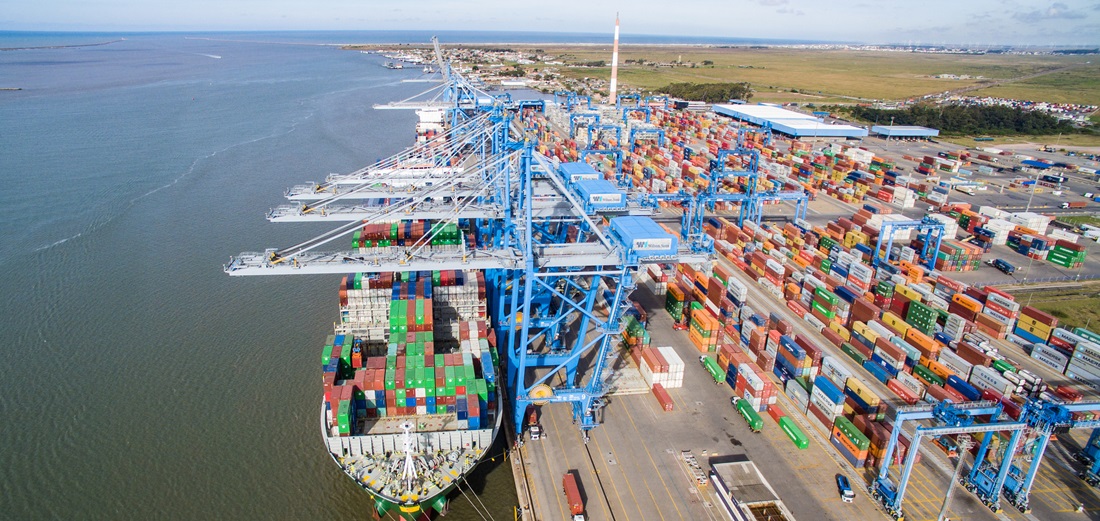
Tragic floods bring Rio Grande do Sul port operations to 2.39% drop
Jun, 17, 2024 Posted by Gabriel MalheirosWeek 202425
From January to May 2024, port throughput in Brazil’s Rio Grande do Sul saw a 2.39% drop compared to the same period last year. This data, released on June 13 by Portos RS, encompasses activities at the Rio Grande, Pelotas, and Porto Alegre units, as well as smaller terminals in the Rio Grande area.
The Port of Rio Grande, which remained operational during the floods, saw 15,475,165 tonnes of cargo, a 2.27% decrease from the first five months of 2023. Soybeans accounted for 2,565,882 tonnes of this total, while wheat reached 2,338,544 tonnes, cellulose 1,492,106 tonnes, and wood 209,192 tonnes.
Grain movement in the Rio Grande port complex increased due to the soybean harvest development stage. Nonetheless, a decrease in the influx of inputs used for fertilizer production—which accounts for a sizeable portion of cargo share in Rio Grande do Sul ports, particularly in Rio Grande—is primarily responsible for the overall throughput reduction.
“We cannot attribute the decrease in fertilizer operations at the Port of Rio Grande solely to the floods. We will continue to monitor and engage with industries, operators, and all terminals to understand this tendency,” explained Cristiano Klinger, president of Portos RS.
From January to May, container throughput reached 289,597 TEUs, with March and April being the busiest months, recording 58,725 TEUs and 64,891 TEUs, respectively, passing through the Rio Grande port complex.
The chart below used DataLiner data to compare container exports and imports at the Rio Grande Port Complex between January 2021 and April 2024.
Rio Grande Container Exports & Imports | Jan 2021 – Apr 2024 | TEUs
Source: DataLiner (click here to request a demo)
The floods also impacted the Port of Pelotas, which halted activities for 15 days between May 2 and 17. Movements there totaled 423,536 tons, including 358,222 tons of wood for cellulose production and 65,304 tons of clinker, the raw material for cement manufacturing.
Due to the floods, the Port of Porto Alegre was shut down in May. However, from January to April, cargo operations stood at some 352,710 tons, a 21.86% increase compared to the same period in 2023.
In terms of export destinations, China tops the list with 2,473,725 tonnes, with notable mentions to Vietnam with 750,363 tonnes, the Philippines with 727,843 tonnes, the United States with 33,093 tonnes, and Iran with 417,747 tonnes. Other export destinations include Morocco, France, South Korea, Thailand, and Portugal.
Argentina accounts for 661,102 tonnes of imports, followed by China (443,272 tonnes), Russia (260,490 tonnes), Morocco (233,321), and the United States (188,109 tonnes). Nigeria, the Netherlands, Canada, Uruguay, and Peru are important import sources.
-
Other Cargo
Nov, 30, 2023
0
Brazilian chemical industry records USD 47 billion deficit in 2023
-
Grains
Nov, 24, 2022
0
Brazil corn exports to China seen at 368,000 t this month due to new trade protocol
-
Ports and Terminals
Jul, 21, 2022
0
Port in Rio de Janeiro carries out first double banking operation
-
Meat
Mar, 24, 2025
0
Productive Sector Celebrates Historic Record in Meat Exports for the First Two Months of 2025

